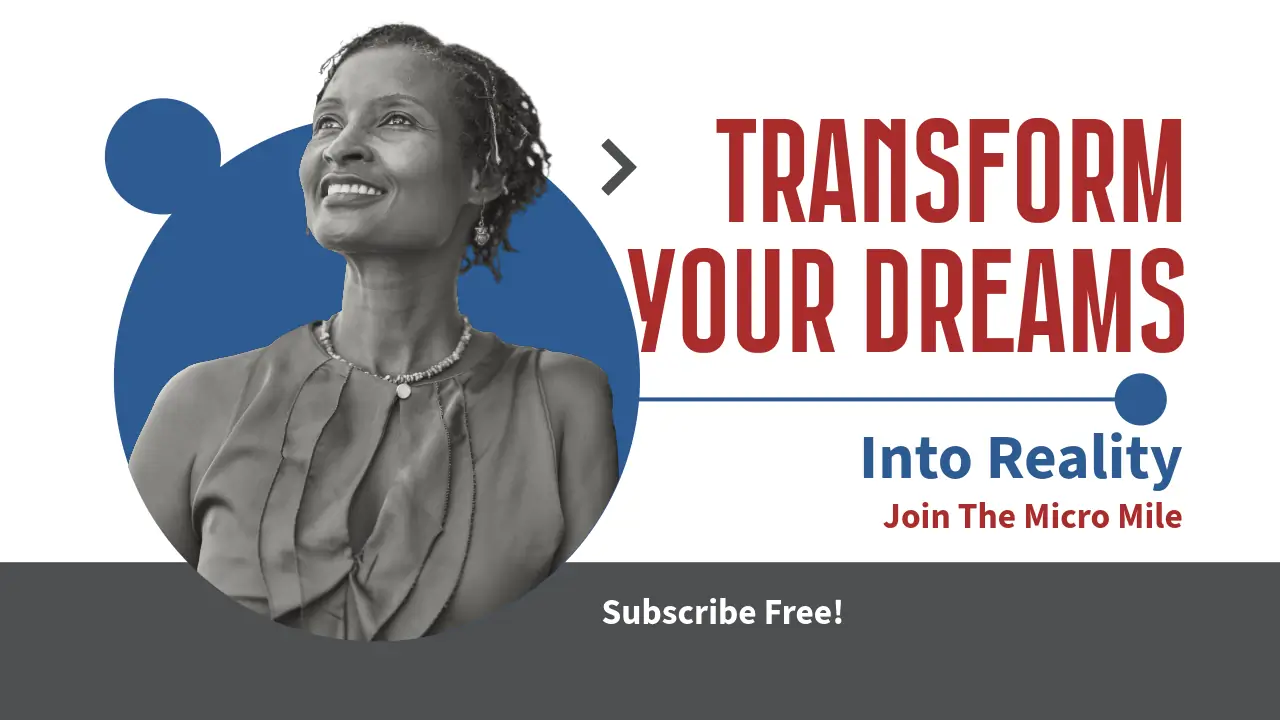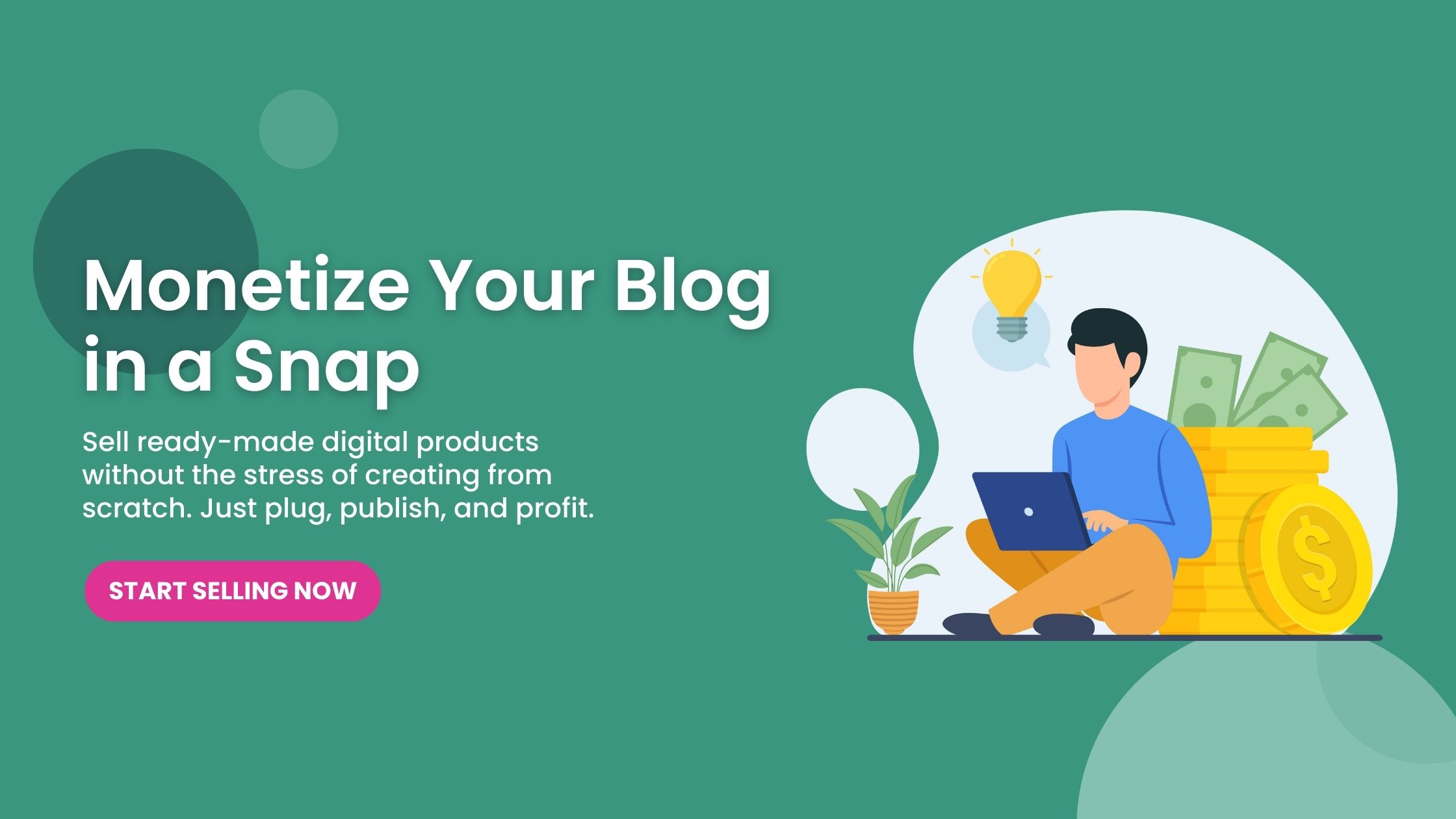Creating Meaningful Content
Understanding Your Audience
First and foremost, I learned that understanding your audience is key. When I started my blog, I thought I knew what everyone wanted to read. But the reality was quite different. By diving into analytics and engaging with my readers, I discovered their interests really shaped my content.
Asking questions through surveys and comments can give you insights that none of those metrics ever could. You’d be surprised how much readers appreciate when you take their feedback to heart. It not only fosters community but also makes your content more relatable.
So don’t overlook this step! Engage openly and often. Building a blog isn’t just about writing; it’s about forging connections that last well beyond a single post.
Finding Your Unique Voice
Next up is finding that unique voice of yours. I remember the days when I imitated others, trying to fit the mold of what I thought a “good” blog sounded like. But it wasn’t until I found my own tone and style that my blog began to truly resonate.
Your authentic voice can be quirky, heartfelt, or even a bit cheeky, as long as it reflects who you are. It’s a wonderful way to stand out in the crowded blogosphere. You don’t want to blend in; you want to shine!
So, write as you speak. Share your stories, struggles, and successes just as you’d narrate them to a close friend. That genuine authenticity will echo through the digital landscape for years to come.
Consistent Posting Schedule
Consistency is another golden nugget I picked up along the way. When I first began, I was all over the map with my posting schedule—sometimes once a week, then a month off. Let me tell you, it’s a recipe for being easily forgotten!
Establishing a routine not only helps you create a loyal readership but also keeps you accountable. I started using a content calendar to plan my posts, which added both organization and anticipation. The satisfaction of checking off a completed post is so rewarding!
So set a schedule that works for you—weekly, bi-weekly, whatever! And stick to it like glue. Trust me, your readers will thank you for the reliability.
Leveraging Social Media
Choosing the Right Platforms
Now that you’ve got great content, it’s time to share it! I found that not all social media platforms are created equal. Tailoring your posts to the platforms frequented by your target audience is crucial.
For instance, I initially had a presence on multiple platforms but soon realized my audience thrived on Instagram. Using visuals resonated much better than just text posts alone. Some platforms are more for images, while others cater to in-depth discussions.
So research where your audience hangs out online and focus your efforts there. By doing this, you’re not just promoting your blog; you’re engaging directly with potential fans!
Engaging Content and Interaction
Simply sharing links isn’t enough; you have to engage your community. I started creating polls, asking questions, and encouraging discussions around my posts. This transformed my social media from a one-way street to a vibrant community.
People love to be part of a conversation, so don’t be shy! Respond to comments, join discussions, and create content that invites interaction. It not only boosts your visibility but strengthens your online relationships.
Remember, social media is a tool—so use it wisely to foster connections, spark conversations, and encourage sharing your blog’s gems!
Crafting Attention-Grabbing Headlines
A captivating headline can be a game-changer. I’ve learned that a strong, eye-catching title often sets the stage for everything else. When I invested time in creating headlines that piqued curiosity, I saw my click-through rates skyrocket.
Try incorporating numbers, questions, or bold statements—anything that sparks interest. A good rule of thumb is to think about what would make you want to click, then apply that to your own work!
Don’t underestimate the power of a headline. It leads people into your world and can compel them to dive deeper into your content. It’s often the first impression, so make it count!
Building an Email List
Why An Email List is Essential
Building an email list is something I wish I had started earlier. Relying solely on social media or search engines is risky in the fast-paced digital world. An email list helps establish a direct line of communication with your readers.
Having this list means you own your audience, which is crucial for long-term success. It’s your little corner of the internet where you can nurture relationships and provide valuable content without relying on social media algorithms.
I began to offer exclusive content and behind-the-scenes looks for subscribers, which incentivized more people to join my list. Trust me; once they’re on your list, the engagement skyrockets!
Crafting Engaging Newsletters
Now that I had subscribers, I discovered that crafting engaging newsletters was essential. I didn’t just want to send out updates; I wanted to create value for my readers. Mixing personal stories with blog highlights creates a unique touch that keeps subscribers looking forward to my emails.
My strategy was simple—always provide value. Whether it’s sharing unique insights, exclusive tips, or fun anecdotes, I ensured there was something beneficial for my readers.
Think of your newsletters as conversations with a good friend rather than just an announcement. This approach keeps your readers engaged and looking forward to what you have to say!
Regularly Clean Your List
Lastly, I figured out the importance of maintaining my list. It’s easy to accumulate subscribers but harder to keep them engaged. So regularly cleaning your list is crucial. This means unsubscribing inactive users and ensuring that your list represents genuinely interested readers.
By doing so, you ensure that your emails reach people who actually want to connect with you. It boosts engagement rates and helps you tailor your content further to suit interested readers.
A clean list is a powerful tool in your arsenal, so take the time to nurture it and watch your relationships flourish!
Measuring Success and Adapting
Tracking Your Blog Performance
Understanding how your blog is performing is crucial. I started using analytical tools to track visits, engagement, and even what topics resonated the most with my audience. These insights have been a goldmine!
By keeping an eye on the numbers, I was able to pivot my content strategy where necessary. If a certain topic was a hit, I’d create more content around it, adapting to my audience’s preferences.
Tracking doesn’t have to be daunting. It can be as simple as checking stats once a week to see what’s working. Just remember, knowledge is power!
Adapting to Feedback
Feedback is a two-way street. I’ve learned to appreciate the insights my readers provide through comments, emails, and even social media. If a reader picks up on something you might’ve missed, take that feedback and use it as a guide.
This can lead to stunning transformations in your writing and overall blog strategy. By acknowledging and adapting to feedback, you will create a space where readers feel valued and heard. Trust me, a happy reader is likely to become a loyal one!
So keep those channels of communication open! Whether it’s positive or constructive, feedback is a great way to grow and improve.
Setting New Goals
Finally, reflect on what you’ve accomplished and what’s next. I bought into the idea of setting quarterly goals for my blog. This gives me focus and drive while allowing me to celebrate my wins, no matter how small.
Whether it’s hitting a follower milestone, launching a new series, or collaborating with someone awesome, there is always room for growth. Regularly setting and reviewing these goals ensures you’re evolving as a blogger.
This adaptability keeps your content fresh and ensures you’re always striving for more, which is what keeps your legacy alive! Remember, it’s all about progress, not perfection.
FAQs
1. Why is it important to have a unique voice in blogging?
A unique voice helps you stand out in a crowded field. It makes your content relatable and allows readers to connect with you on a personal level.
2. How can I effectively measure the success of my blog?
You can measure your blog’s success through analytical tools that track visits, engagement, and reader feedback. Keeping an eye on your metrics will help you understand what works best.
3. What strategies can I use to grow my email list?
Offering exclusive content, creating lead magnets, and using sign-up forms on your blog can help you grow your email list effectively. The key is to provide real value to entice readers to subscribe.
4. How often should I post on my blog?
It really depends on your schedule, but consistency is key. Whether it’s once a week or bi-weekly, pick a schedule and stick to it. Your readers will appreciate the reliability!
5. What are some ways to engage with my audience on social media?
Ask questions, create polls, respond to comments, and share behind-the-scenes content. Making your social media a two-way street fosters community and increases audience engagement.



